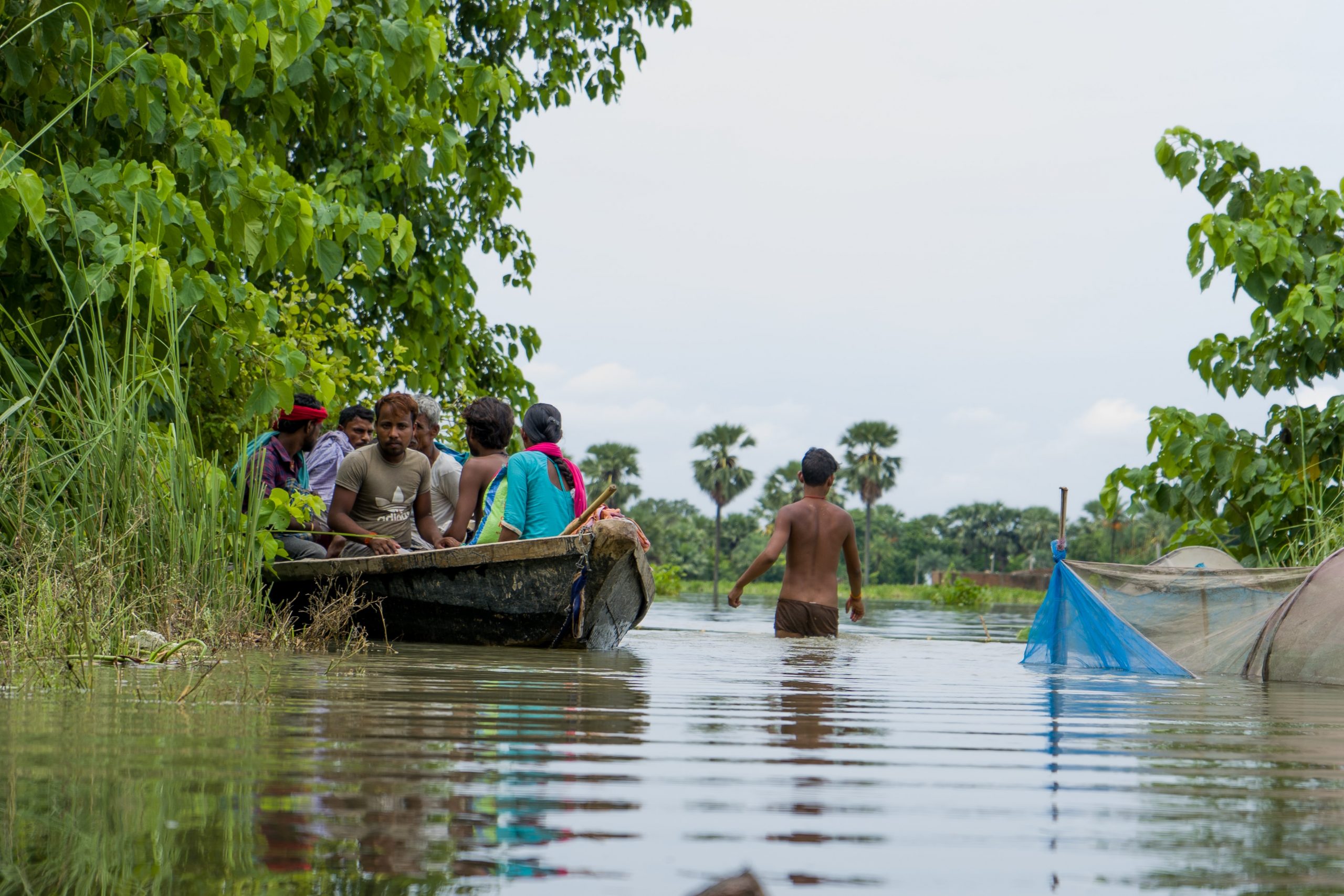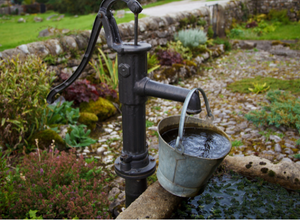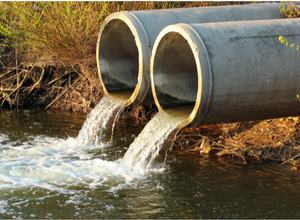About
Urban Waters – Chennai
The city of Chennai, capital of the state of Tamil Nadu, is the fourth largest and one of the fastest growing metropolises of India. Located at 13°N, 80°E, the city is on the east coast of India and faces the Bay of Bengal making it naturally prone to tropical cyclones.
The city is water-scarce and has the lowest per capita availability of water among the four metro cities of India. The per capita availability of water resources is just 900 cubic meters, when compared to the national average of 2,200 cubic meters. Agriculture is the largest consumer of water in the State, using 75 percent of the State’s Water resources. Chennai enjoys a tropical climate with mean annual temperature of 24.3° to 32.9° C. Humidity usually ranges between 65% to 84%.
On an average, Chennai receives about 1400 mm of rainfall annually, a major share of this from the North-East monsoons. This annual rainfall is twice that of London and four times that of Los Angeles. Unfortunately, it became one of the first major cities to run out of water in 2019.
In Tamil Nadu, the terminology of water bodies has historically been varied and detailed and the management of these has been customized according to the type. The classification of water bodies was based on three main parameters - extent, depth and the flow pattern. Based on the above, some of the local nomenclature for them included eri, kulam, kuttai, thangal, odai, madavu and urani. The city of Chennai is no exception to this, with a variety of wetlands in the city – inland and coastal, natural and manmade.
Major policy decisions in the next 50–100 years will have to address trade-offs among current uses of wetland resources and between current and future uses. Particularly important trade-offs involve those between agricultural production and water quality, land use and biodiversity, water use and aquatic biodiversity, and current water use for irrigation and future agricultural production.






